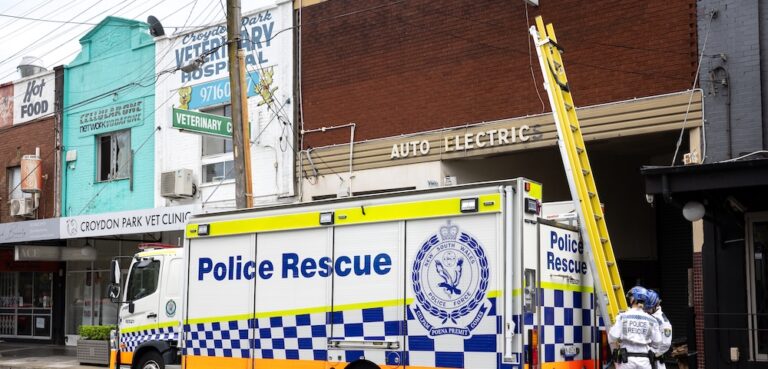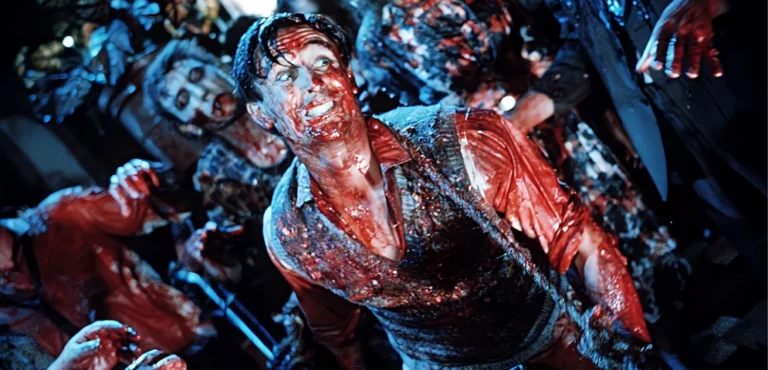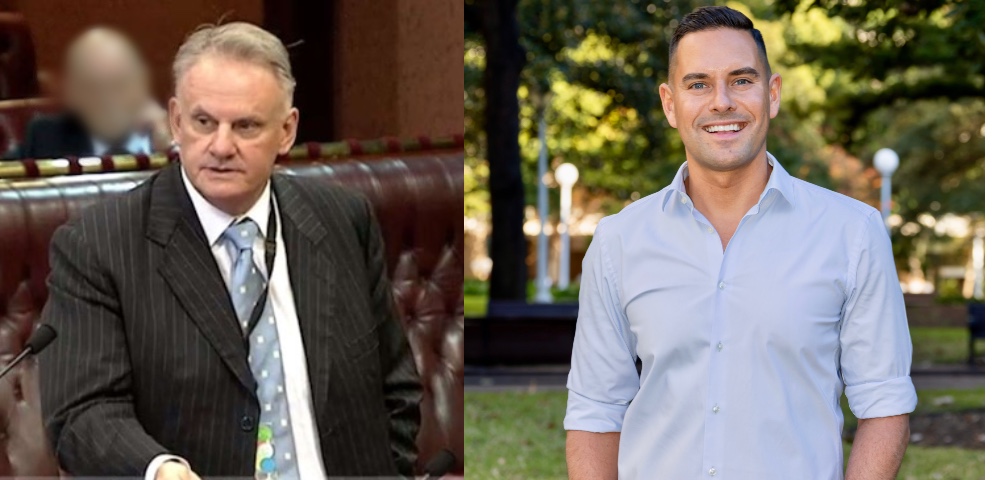
City to phase out plane trees
The City of Sydney Council is to phase out London plane trees on city streets, in light of ongoing debate over their role in causing allergies in people susceptible to hay fever.
London plane trees – generally referred to simply as plane trees – are a feature of Inner Sydney, with the deciduous European trees planted as street trees on numerous thoroughfares including George St, Oxford St, William St, and in many parks. The trees are currently in a pollen-shedding phase, as they are each spring, prompting renewed debate about their role in causing or exacerbating allergies.
The City of Sydney said this week the trees’ role in allergies was overstated – but it would gradually replace the trees as they grow older and die off.
“The City is gradually reducing the number of plane trees across the City as they grow old and need replacing over the coming years with a wider mix of deciduous and evergreen trees, including indigenous ones, to improve species diversity,” said a City of Sydney spokesperson.
Outlining the reason plane trees have been so widely planted by successive Sydney councils, the spokesperson said they were versatile and hardy.
“For decades, the City of Sydney and other councils have planted plane trees as they are able to survive in particularly harsh urban environments.
“Plane trees provide shade in summer, cooling footpaths and public places, but lose their leaves during winter allowing sunlight in.”
The City said that while plane trees may cause allergies, and was committed to gradually replacing them, plane trees were actually a better option than many other plants.
“Plane trees are often cited as the main culprit for causing allergies however there are many other plant species that produce much higher levels of pollen,” said the spokesperson.
“Grass species are the most prevalent pollen producers and have a long pollen season. In Sydney the grass pollen season goes from September into January or February, depending on the weather.
“Although plane trees are pollen producers, these species have a limited season of pollen production of a few weeks only in spring.”
The City’s stance is backed by a Sydney University study, which found in September that only 25 per cent of people who believe they are allergic to plane tree pollen are correct.
“Only a quarter [of people tested] were technically allergic to plane trees,” said Associate Professor Euan Tovey.
The study tested 64 residents of inner city Sydney who claimed to be allergic to plane trees.
The City’s full plan for replacement street trees is available is set out in the City if Sydney Street Tree Master Plan, available on the Council’s website.









